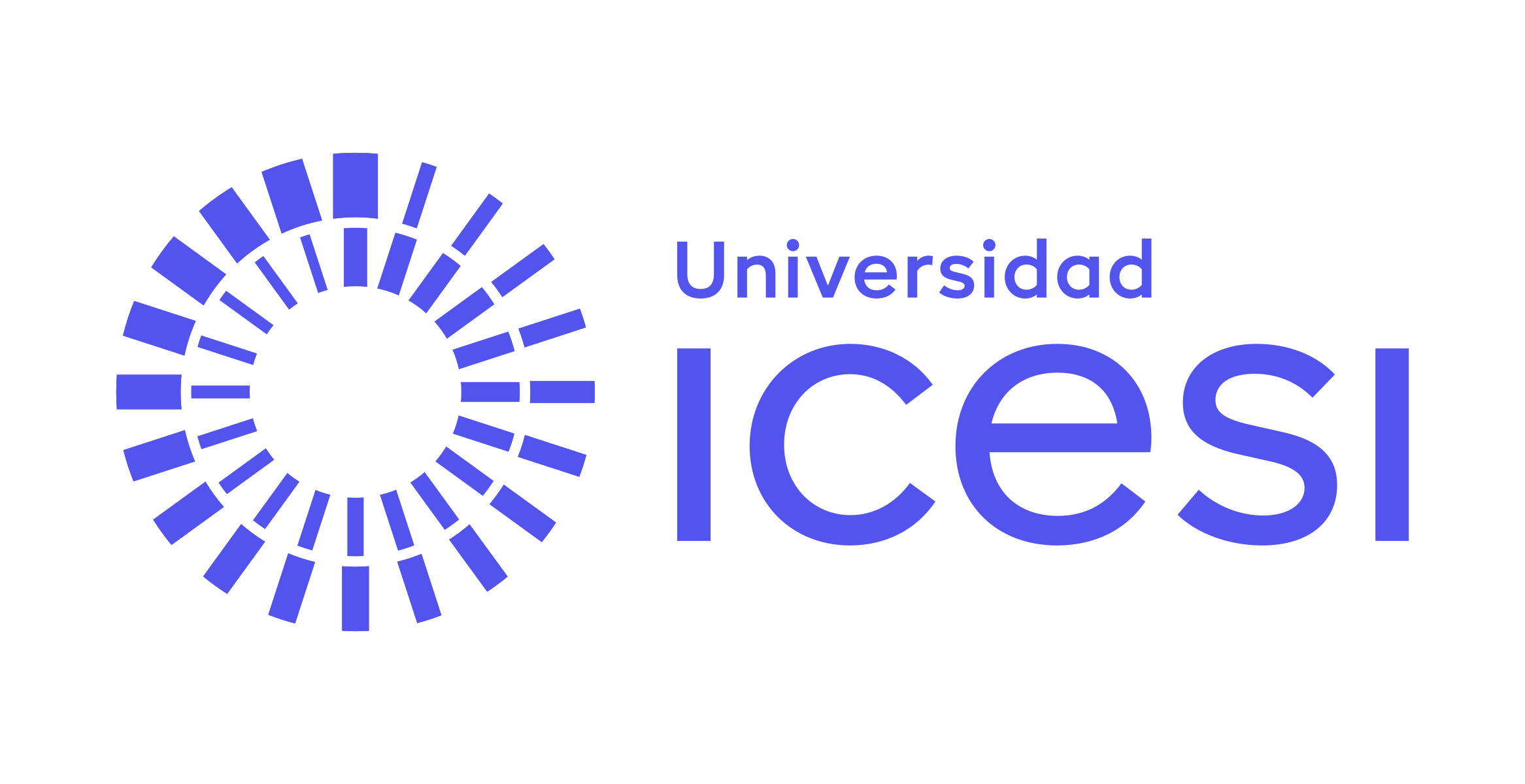CS No. 28
URI permanente para esta colecciónhttp://hdl.handle.net/10906/84660
Examinar
Envíos recientes
Ítem Narrativas comunitarias y dinámicas territoriales del proceso de implementación del Acuerdo de Paz en Miranda, Cauca (2016-2018)(Universidad Icesi, 2019-05-01) Vélez Torres, IreneIn compliance with the Colombian Peace Agreement, signed in 2016, the municipality of Miranda was one of the designated sites for the congregation and disarming of the oldest guerrilla in Latin America: FARC-EP. In addition, it was one of the 170 prioritized municipalities by the national government for the implementation of a series of mechanisms for territorial planning in the context of peace, including a program that deals with the substitution of the large swaths of coca and marihuana that can be found in the region: the National Program of Substitution of Illicit Crops (PNIS).Ítem "No olvidemos a los muertos". Animero y violencia en Puerto Berrío, Antioquia (Colombia)(Universidad Icesi, 2019-05-01) Figueroa Salamanca, Helwar HernandoThis article describes a popular religious practice: the worship of the Souls of Purgatory and the dead bodies thrown into the Magdalena River in Puerto Berrío, Antioquia. This practice is a current belief maintained through the figure of the animero, who represents the identity, devotion, and community memory of the port, enhanced by the corpses that run aground along the river banks and that are religiously adopted by its inhabitants. In these rituals, the locals give names to the corpses, they bury them with dignity and pray for them against the oblivion desired by their perpetrators. Adopting the victims with unknown identity or John Does in this area, severely affected by the armed conflict, helps to recreate the memory of the dead and thus strengthens the identity of the corpses in relation to the figure of the animero. This description was achieved through participant observation, interviews with the locals, and the life story of the current animero.Ítem Valoración patrimonial del Parque-Monumento, Trujillo, Colombia: memorial democrático al servicio de una comunidad de memoria(Universidad Icesi, 2019-05-01) Garzón Ochoa, EdwardThe memory boom gave way to the construction and proliferation of a memorial heritage that materially and symbolically reflects the identity of the communities affected by violence. In Trujillo, Colombia, after the 1986-1994 massacre, the construction of the Parque-Monumento was proposed as a reparation measure; a democratic memorial, created with the intention of dealing with pain, demanding justice and truth, dignifying and empowering the victims, and spinning the social ties broken by violence. However, the place has been the target of criticism and has even suffered several attacks in recent years.Ítem Paseo, sancocho y río. Memorias y olvidos sobre el conflicto armado en Pance, Cali(Universidad Icesi, 2019-05-01) Barón, Luis FernandoThis article explores the memoirs of entrepreneurs from the Pance River, in Cali, Colombia, by using an ethnographic perspective. The journey through their memories emphasizes two moments: the violence they experienced during three confrontations between guerrilla groups and the police, which left civilians in the crossfire, and the link with the socio-environmental projects in the region. The interviewees reminiscences tend to make invisible their experiences in the armed conflict in order to protect the survival of the community, of their ecosystems, and of the traditional Sunday trips to the river; these are their main sources of living in the present and future. This study offers significant clues on the hegemonies of the memoirs and on how some daily experiences within the armed conflict became culturally trivial.Ítem En medio de la violencia: recursos, tácticas y violencia contra el sector ganadero(Universidad Icesi, 2019-05-01) León Calero, Alejandro Ponce deThis article discusses the main results of a research study on the interactions between stockbreeders and armed groups in relation to the illegal collection of funds, as narrated in the stockbreeders’ testimonies and memories. The paper relies on both statistical and narrative analysis methodologies in order to explore the patterns and configurations in interactions with armed groups. It is argued here that the stockbreeders were not supporters or passive victims, rather they acted strategically when making decisions and relying on social and financial capitals actors to negotiate the terms of their own subjugation. Drawing upon studies on remembrance and historicization of the Colombian armed conflict, the paper stresses the need to understand local contexts, taken as spaces of uncertainty, agitation, and ongoing readjustment. The paper also cautions scholars against the tendency to reduce the interactions between civilians and armed groups to mere economic or political motivations. Rather, these interactions are considered to emerge mainly from individuals’ everyday concerns and the desire to protect their lives.

